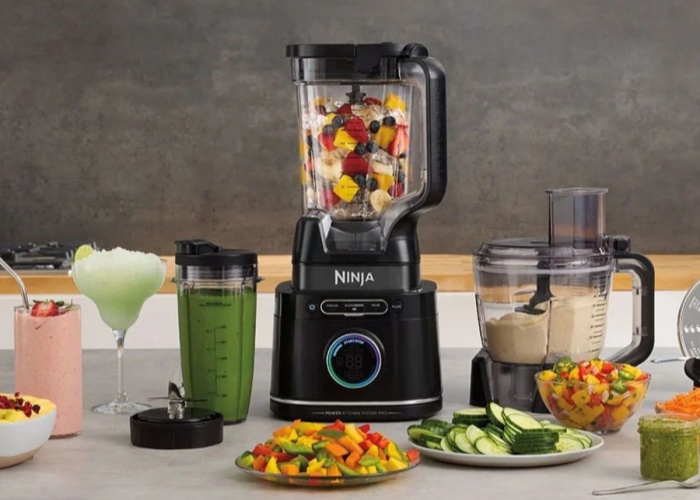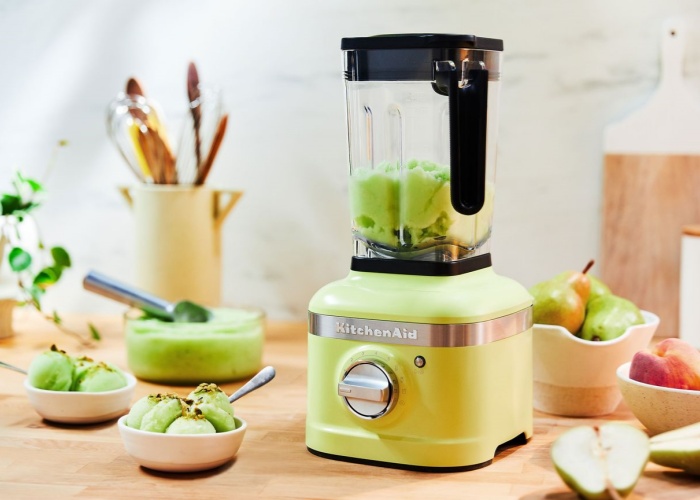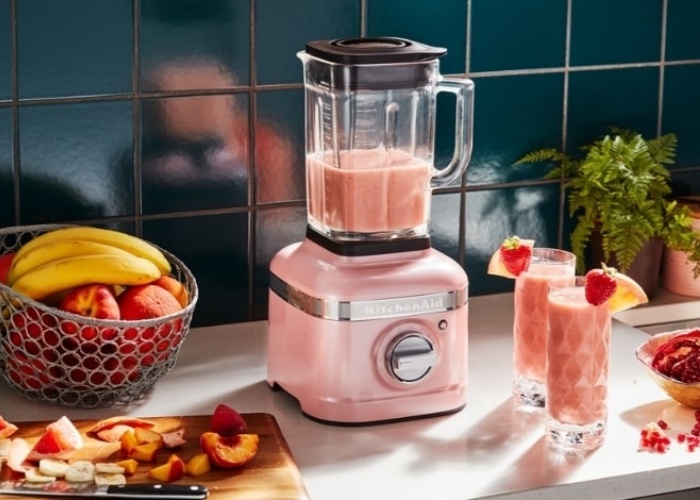Types of Blenders
1. Countertop Blenders: These are the most common type of blenders, featuring a large jar mounted on a base with a powerful motor. Countertop blenders are ideal for making smoothies, soups, and larger batches of sauces. They typically come with various speed settings and can handle tough ingredients like ice and frozen fruits.
2. Immersion Blenders: Also known as stick blenders, immersion blenders are handheld devices that allow you to blend directly in pots or bowls. They are perfect for pureeing soups or making smoothies without the need to transfer ingredients. Immersion blenders are compact and easy to clean, making them a great choice for small kitchens.
3. Personal Blenders: Personal blenders are designed for single servings, making them perfect for smoothies on the go. They usually come with travel cups that double as blending jars. These blenders are compact and user-friendly, ideal for those with busy lifestyles who want quick and healthy options.
4. High-Performance Blenders: These blenders are equipped with powerful motors and advanced features, suitable for professional chefs or serious home cooks. High-performance blenders can handle tough tasks like grinding nuts, making nut butter, and crushing ice with ease. They often come with multiple settings and pre-programmed functions.

Features to Consider
When choosing a blender, consider the following features:
– Power and Speed: The motor’s wattage is crucial for determining a blender’s performance. Higher wattage means better capability to blend tough ingredients. Look for blenders with multiple speed settings for versatility.
– Jar Material: Blender jars can be made from glass, plastic, or stainless steel. Glass jars are durable and do not retain odors, while plastic jars are lightweight and shatterproof. Stainless steel jars are excellent for insulation but may not allow you to see the blending process.
– Ease of Cleaning: Some blenders come with dishwasher-safe parts, while others require manual cleaning. Consider how easy it is to disassemble and clean the blender to maintain hygiene and convenience.
– Size and Storage: Think about your kitchen space and how much storage you have. Countertop blenders take up more space, while personal and immersion blenders are more compact and easier to store.

Conclusion
Selecting the right blender can enhance your cooking experience and help you create a variety of delicious meals. By understanding the different types of blenders and their features, you can make an informed decision that fits your lifestyle and culinary needs. Whether you opt for a powerful countertop model or a convenient immersion blender, investing in a quality blender will elevate your kitchen game and inspire you to try new recipes. Enjoy the endless possibilities that a well-chosen blender brings to your home!

